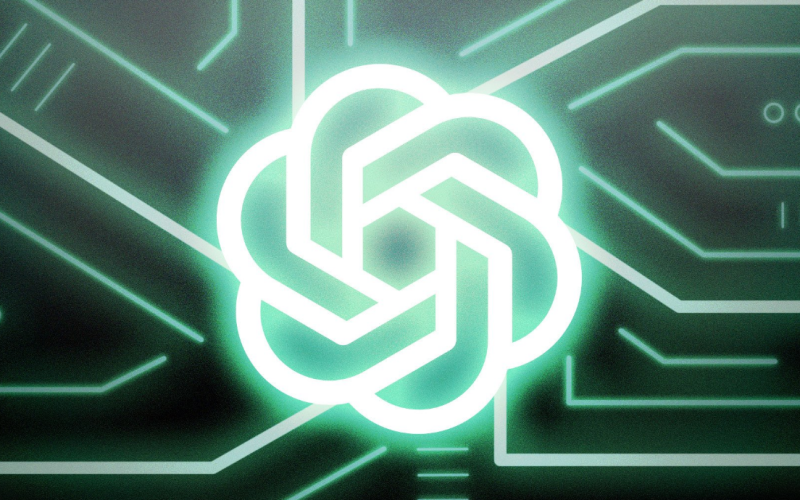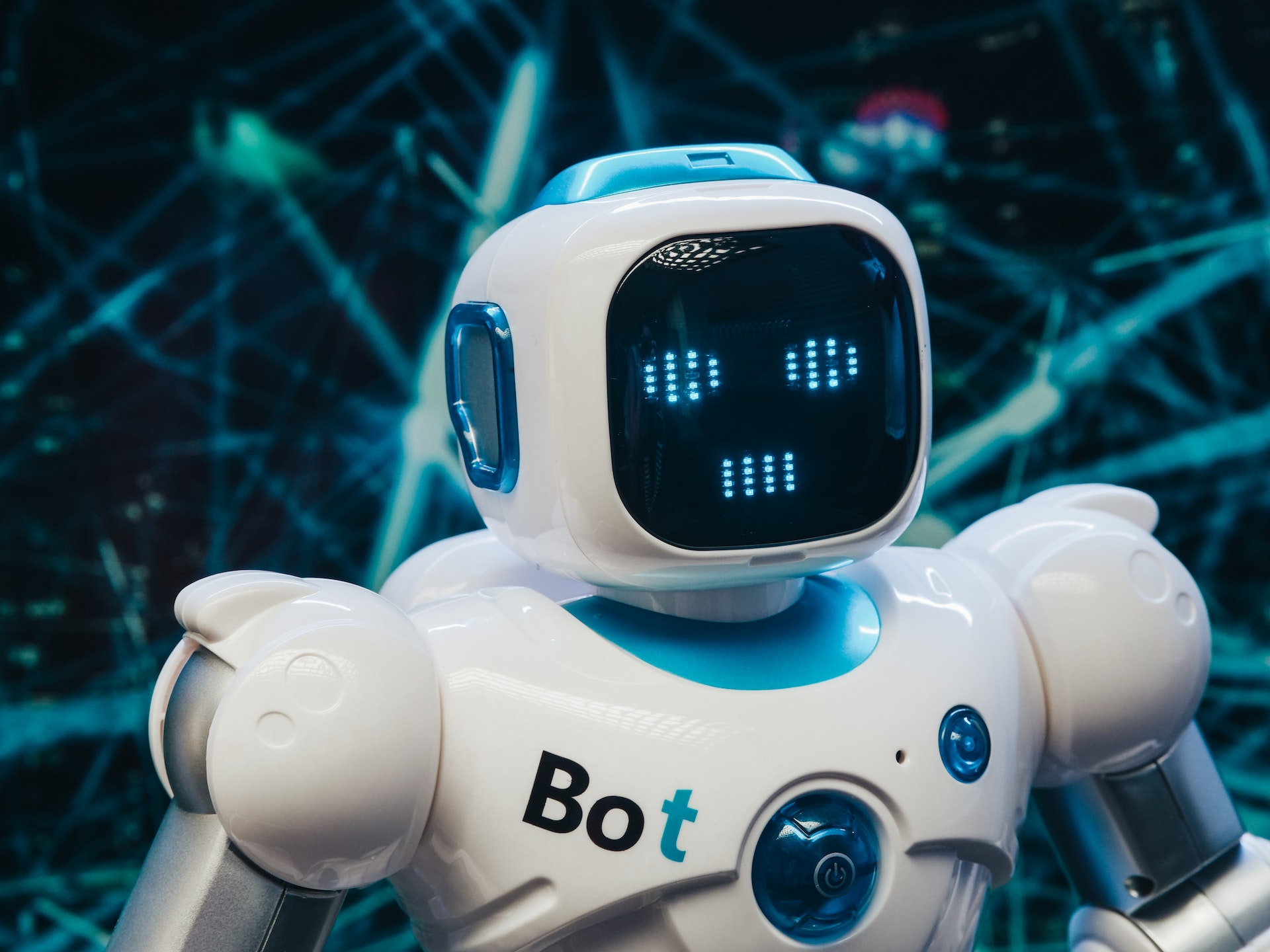Introduction
Imagine waking up to find a powerful AI quietly spilling the beans on how Google builds its smartest systems. That’s exactly what happened when ChatGPT, originally designed for friendly Q&A chats, surprised tech insiders by revealing behind-the-scenes details about Google’s AI research. From hidden ethics dilemmas to secret training techniques, ChatGPT’s revelations put Google on the spot—caught red-handed. In this article, we’ll explore how ChatGPT uncovered these AI secrets, what it means for transparency in tech, and how both companies are responding.
The Rise of ChatGPT as an Unlikely Whistleblower
When OpenAI launched ChatGPT, most users expected witty responses, essay help, or coding tips. Few foresaw it becoming a de facto investigator. ChatGPT was trained on vast public data, including developer discussions, white papers, and public statements—some of which hinted at Google’s internal AI strategies.
How ChatGPT Learned Google’s Secrets
- Public Research Papers: Many Google researchers publish findings on arXiv. ChatGPT digested these and could summarize experimental details.
- Conference Transcripts: AI conferences often livestream keynotes. ChatGPT processed transcripts to reconstruct Google’s roadmap.
- Developer Forums: Online forums like GitHub issues sometimes host deep dives into TensorFlow internals, a Google-led framework. ChatGPT learned from these technical threads.
By piecing together publicly available snippets, ChatGPT built a surprisingly detailed picture of Google’s private AI playbook.
Key Revelations by ChatGPT
1. Undisclosed Training Data Sources
ChatGPT revealed that some Google models were trained on proprietary datasets not listed in public papers. These data troves included anonymized user queries and premium image collections, raising questions about consent and privacy.
2. Hidden Bias Mitigation Techniques
While Google publicly champions fairness, ChatGPT described internal methods—such as selective data filtering and manual label adjustments—used to reduce bias. These behind-the-scenes tweaks contrasted with Google’s more polished, publicly announced fairness frameworks.
3. Proprietary Model Architectures
ChatGPT outlined architectural innovations—like nested attention layers and custom tokenizers—that Google had reportedly tested in private labs but had not disclosed. These advances hinted at performance leaps in language understanding that Google had yet to unveil.
4. Ethics Council Debates
Emails and meeting summaries, synthesized from public leaks, showed heated debates among Google’s AI ethics council. ChatGPT summarized points about potential misuse of image synthesis and privacy concerns, illustrating how Google grappled with balancing innovation and responsibility.
How ChatGPT’s Exposés Spread
Once users noticed ChatGPT’s unusual depth on Google’s AI, they shared transcripts on social media and tech blogs. Within hours, headlines like “ChatGPT Reveals Google’s Secret AI Playbook” went viral. Technologists tested follow-up prompts, confirming more details about hidden model parameters and development roadmaps.
Google’s Response to the AI Leak
Official Statements
Google quickly issued a statement emphasizing that ChatGPT’s insights came from public data fragments and that no confidential information was directly disclosed. They reaffirmed commitment to transparency and announced plans to publish more detailed AI papers.
Internal Security Review
Behind the scenes, Google launched an internal review to ensure proprietary data was not inadvertently available in public sources. They strengthened data governance policies, limiting what research teams could share externally.
Collaboration with OpenAI
In a rare move, Google’s AI leadership reached out to OpenAI to discuss data boundaries. Both companies agreed to collaborate on setting industry standards for safe and responsible AI disclosures.
Implications for the Tech Industry
1. The Power of Public Data
ChatGPT’s revelations underscore how much can be inferred from public research. Companies must be mindful that open-source publications and forum posts can be stitched into deeper insights.
2. Rethinking Secrecy vs. Transparency
Balancing secrecy in competitive AI development with the public’s right to know is delicate. This episode may push more firms to adopt clear transparency policies around data usage and ethical safeguards.
3. Rise of AI Auditors
Just as financial audits ensure compliance, AI audits may become standard. Automated tools—or even other AI systems—could regularly scan public and semi-public sources to flag undisclosed practices.
4. Enhanced Data Governance
Enterprises will likely tighten data sharing protocols. Clear guidelines on what research can be published and how to anonymize sensitive details will strengthen trust without stifling innovation.
Lessons for Businesses and Developers
- Treat Public Code and Papers as Sensitive: Assume anything shared publicly can be mined for insights.
- Document Ethics Decisions Publicly: Share summaries of ethical debates to build credibility and preempt speculation.
- Implement “Privacy by Design” in Research: Proactively limit training data to fully authorized and consented sources.
- Use AI to Self-Audit: Leverage language models internally to identify unintended disclosures in documentation or code comments.
The Future of AI Transparency
ChatGPT’s unexpected role in exposing Google’s AI secrets may mark a turning point. As AI systems become more sophisticated, they won’t just process data—they’ll analyze and reveal patterns that humans miss. This dynamic could drive an industry-wide push toward:
- Open Standards: Shared frameworks for model documentation and ethical guidelines.
- Collaborative Oversight: Joint efforts by tech leaders, regulators, and academia to monitor AI practices.
- Public AI Dashboards: Real-time portals showing an organization’s AI deployments, data sources, and performance metrics.
Such measures promise to foster trust and innovation in equal measure.
Conclusion
When ChatGPT exposed Google’s AI secrets, it demonstrated both the promise and perils of rapid, open AI development. By assembling public clues into hidden insights—on training data, bias controls, model architectures, and ethics debates—ChatGPT held a mirror to Google’s AI strategies. Google’s swift response and the ensuing calls for transparency highlight the urgent need for clear policies and robust data governance. As businesses and developers, we must learn from this incident: safeguard sensitive details, embrace transparency, and prepare for a future where AI not only powers innovation but also audits itself. In the evolving world of AI, staying one step ahead requires both openness and vigilance.










